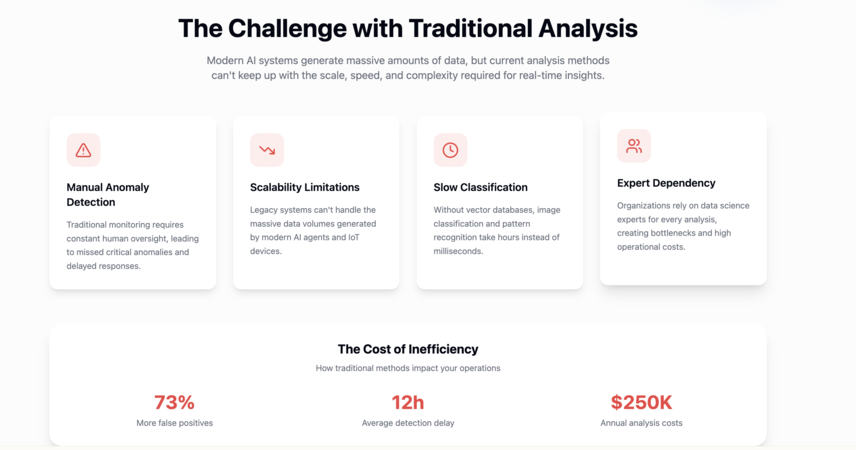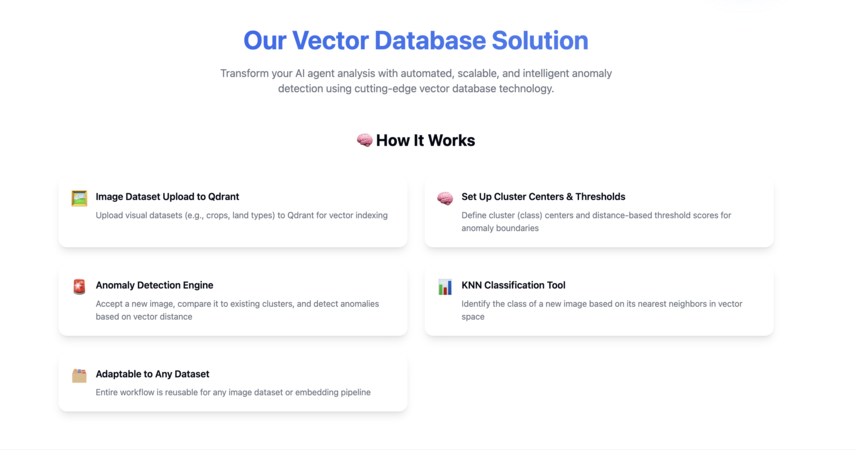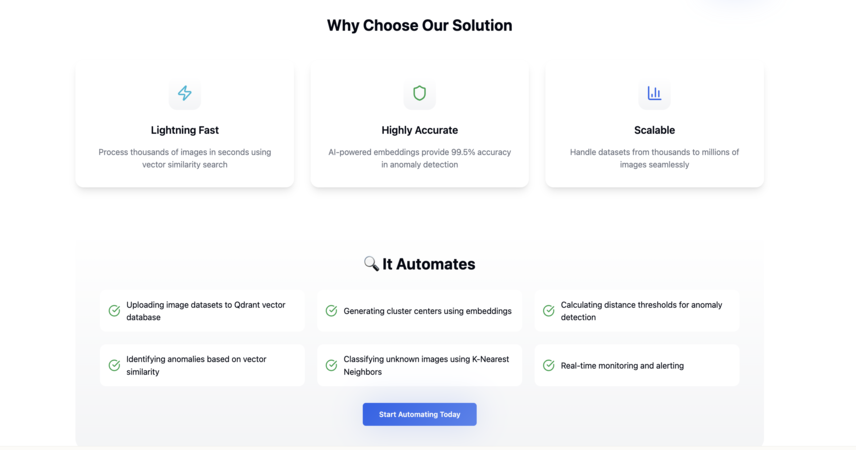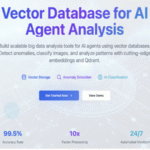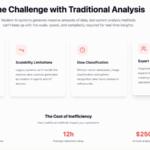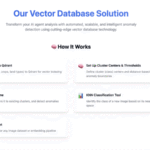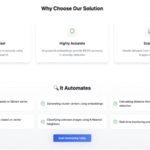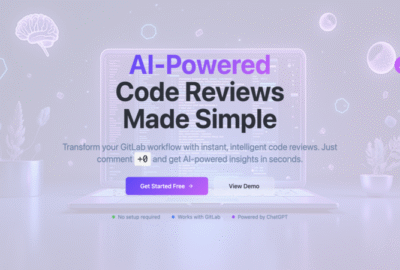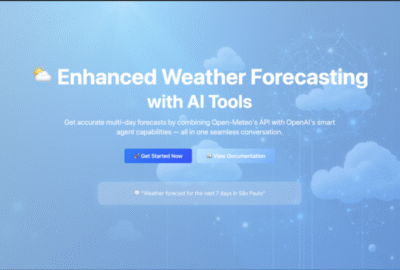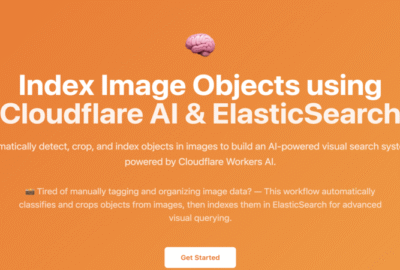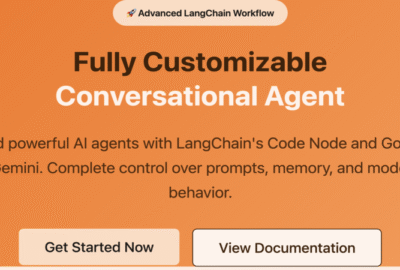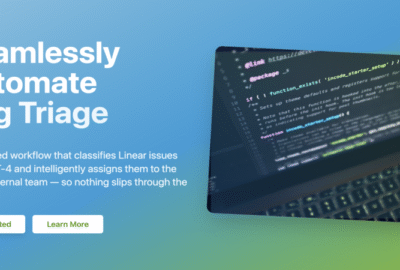Description
Build scalable big data analysis tools for AI agents using vector databases. This n8n workflow series enables you to upload image datasets, configure clustering logic, and perform anomaly detection using AI embeddings and Qdrant as the core vector store.
🧠 How It Works:
✅ 🖼️ Image Dataset Upload to Qdrant – Upload visual datasets (e.g., crops, land types) to Qdrant for vector indexing ✅ 🧠 Set Up Cluster Centers & Thresholds – Define cluster (class) centers and distance-based threshold scores for anomaly boundaries ✅ 🚨 Anomaly Detection Engine – Accept a new image, compare it to existing clusters, and detect anomalies based on vector distance ✅ 📊 KNN Classification Tool – Identify the class of a new image based on its nearest neighbors in vector space ✅ 🗂️ Adaptable to Any Dataset – Entire workflow is reusable for any image dataset or embedding pipeline
🔍 It Automates:
✅ Uploading image datasets to Qdrant vector database ✅ Generating cluster centers using embeddings ✅ Calculating distance thresholds for anomaly detection ✅ Identifying anomalies based on vector similarity ✅ Classifying unknown images using K-Nearest Neighbors
💡 Why Choose This Workflow:
✅ Full-stack anomaly detection without manual inspection ✅ Easily extendable to multimodal (text, image, audio) data ✅ Uses free-tier Qdrant & Voyage AI APIs ✅ Ready for production-grade AI agent monitoring ✅ Modular and reusable pipelines
👤 Who Is This For:
✅ AI developers building anomaly-aware autonomous agents ✅ ML engineers designing custom classifiers without labeling ✅ Data scientists working on unsupervised image clustering ✅ Platform teams building observability into AI workflows ✅ Educators and learners exploring vector-based AI systems
🔗 Integrations:
✅ Qdrant (cloud or self-hosted vector DB) ✅ Voyage AI (for embedding generation) ✅ Google Cloud Storage (for dataset upload) ✅ n8n HTTP Request, Function, and Storage nodes
🔧 Setup Instructions:
🧠 Upload image datasets (e.g., crops, lands from Kaggle) to Google Cloud Storage 🧩 Use Voyage AI API to embed each image 📥 Insert embeddings into Qdrant vector database 📌 Define cluster centers using distance matrix or multimodal approach 🎯 Set anomaly detection thresholds using clustering logic 🚨 Run anomaly detection workflow to test unknown images 📊 Use KNN workflow to classify unknowns based on Qdrant dataset ✅ Customize and deploy for any industry-specific dataset
📈 From Vector Space to AI Intelligence Turn raw image data into actionable AI insights with vector databases. These automated pipelines bring anomaly detection and classification to the edge of intelligent agent infrastructure—built entirely with n8n.
Link : https://lovable.dev/projects/ceb640b7-65a8-4957-9554-cd4b0c86c942

